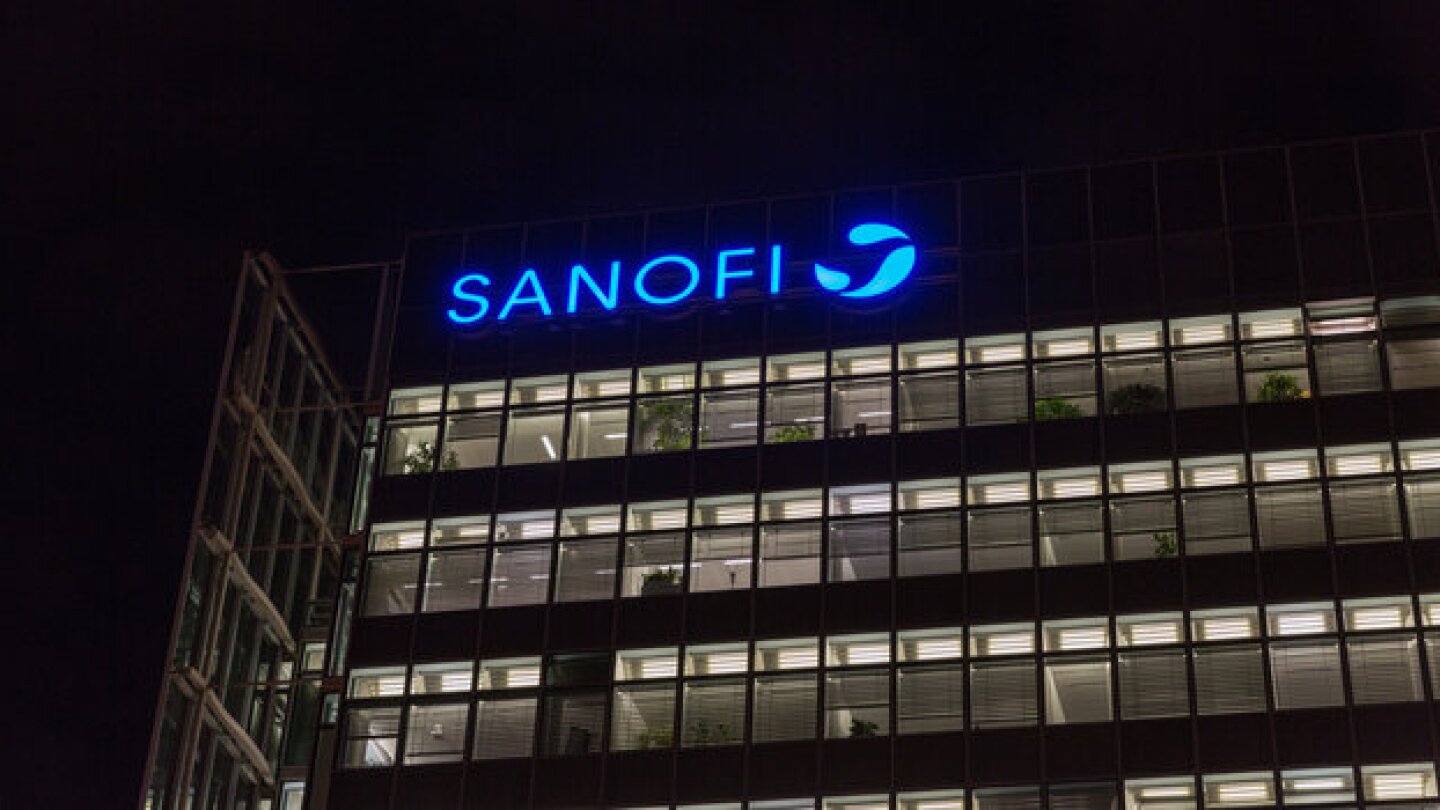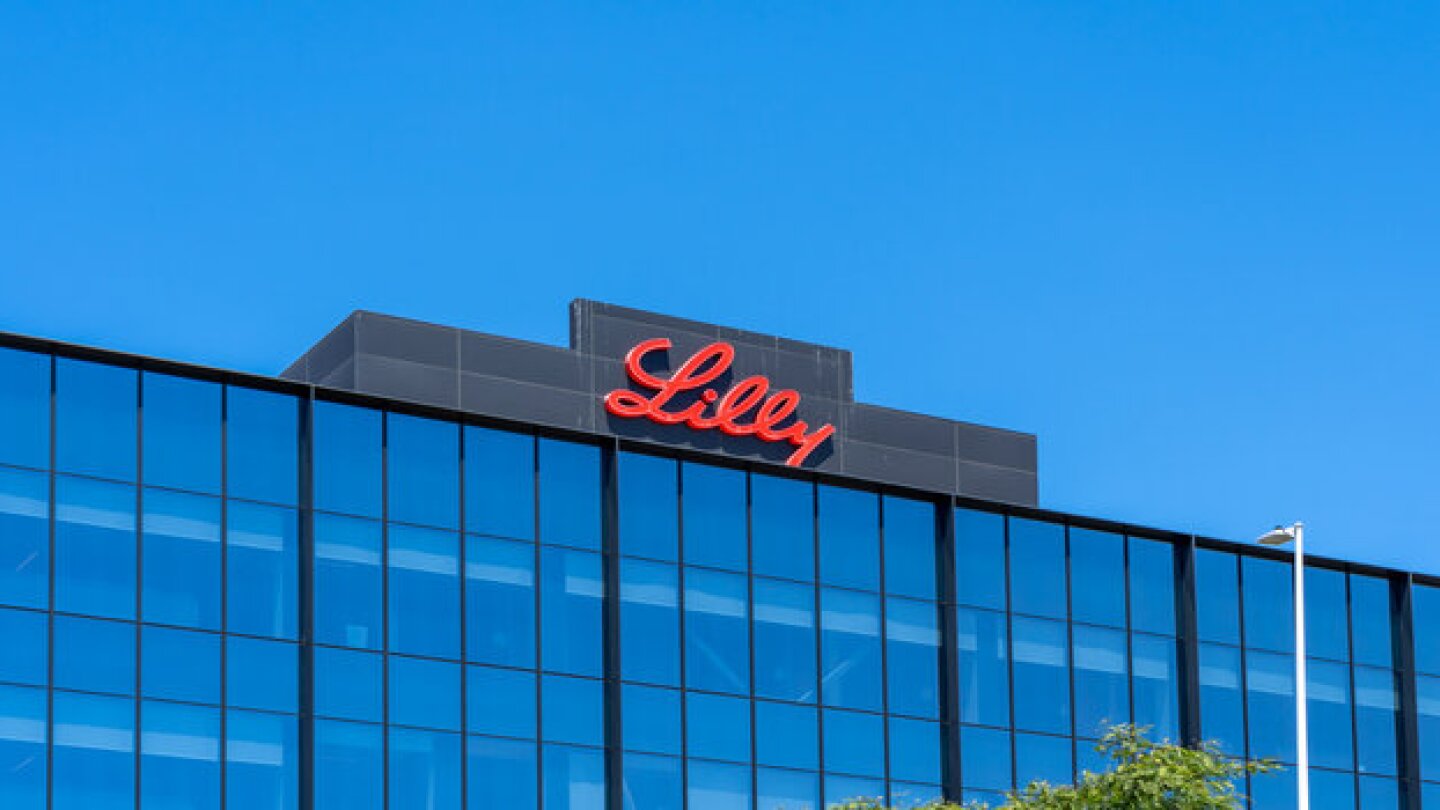Metabolic disorders
Merilog’s approval comes as the insulin space has over the past year suffered several setbacks, including strong calls for price caps and, potentially, the rise of the mammoth GLP-1 market.
Obesity drug developers Aardvark, Helicore and Metsera have all netted raises in the past two weeks.
The data, published in JAMA Psychiatry, add to the growing body of evidence supporting the use of GLP-1 receptor agonists for addictive disorders.
From revenue to R&D investment, Novo and Lilly and their mega-blockbuster weight loss drugs Zepbound and Wegovy have moved into a new pharma stratosphere, far eclipsing their rivals.
Compounding pharmacies aren’t the only makers of off-brand versions of Novo Nordisk’s Wegovy and Eli Lilly’s Zepbound. The situation is causing the FDA regulatory headaches and, more seriously, posing potential risks to the public.
Eli Lilly inked two collaborations on Monday, one focused on cardiometabolic diseases with South Korea’s OliX Pharmaceuticals and another for cancer therapies with Australia’s AdvanCell.
AceLink is advancing a small-molecule treatment option for Fabry disease that could provide a more convenient alternative to the current enzyme replacement therapy standard.
Novo Nordisk shares tumbled last year when obesity candidate CagriSema failed to clear a weight loss bar of 25%. Now, executives are taking another look at the data but steering clear of making hard bets.
As Eli Lilly ends the year with Zepbound in good supply, TD Cowen analyst Steve Scala asked CEO David Ricks if the company has taken the GLP-1 supply chain too far.
Wegovy sales increased by more than 100% over 2024. But that wasn’t enough to satiate analysts who want to know why Novo Nordisk can’t access more patients, particularly in the U.S.
PRESS RELEASES










